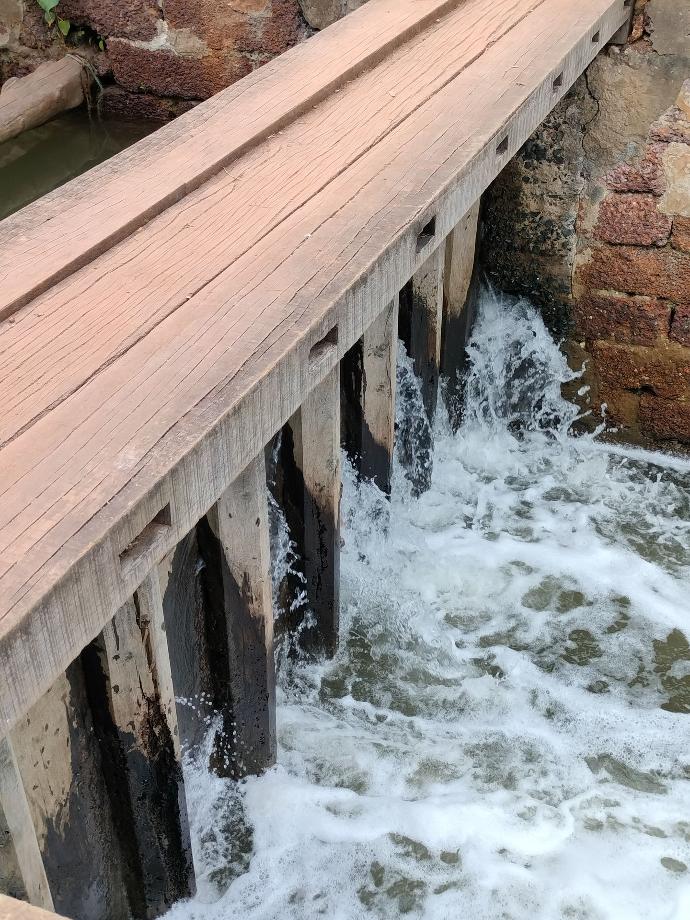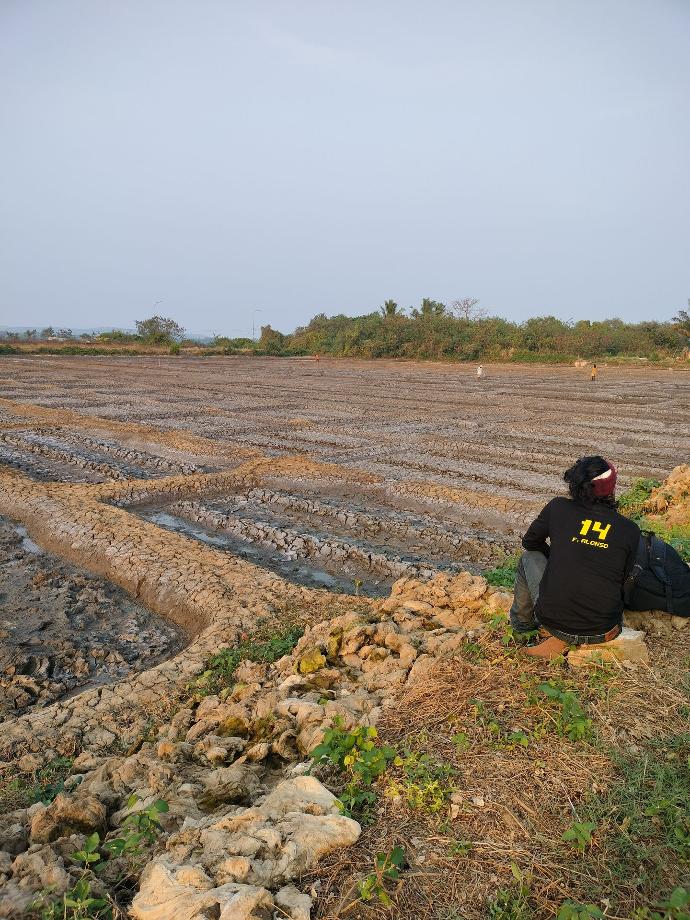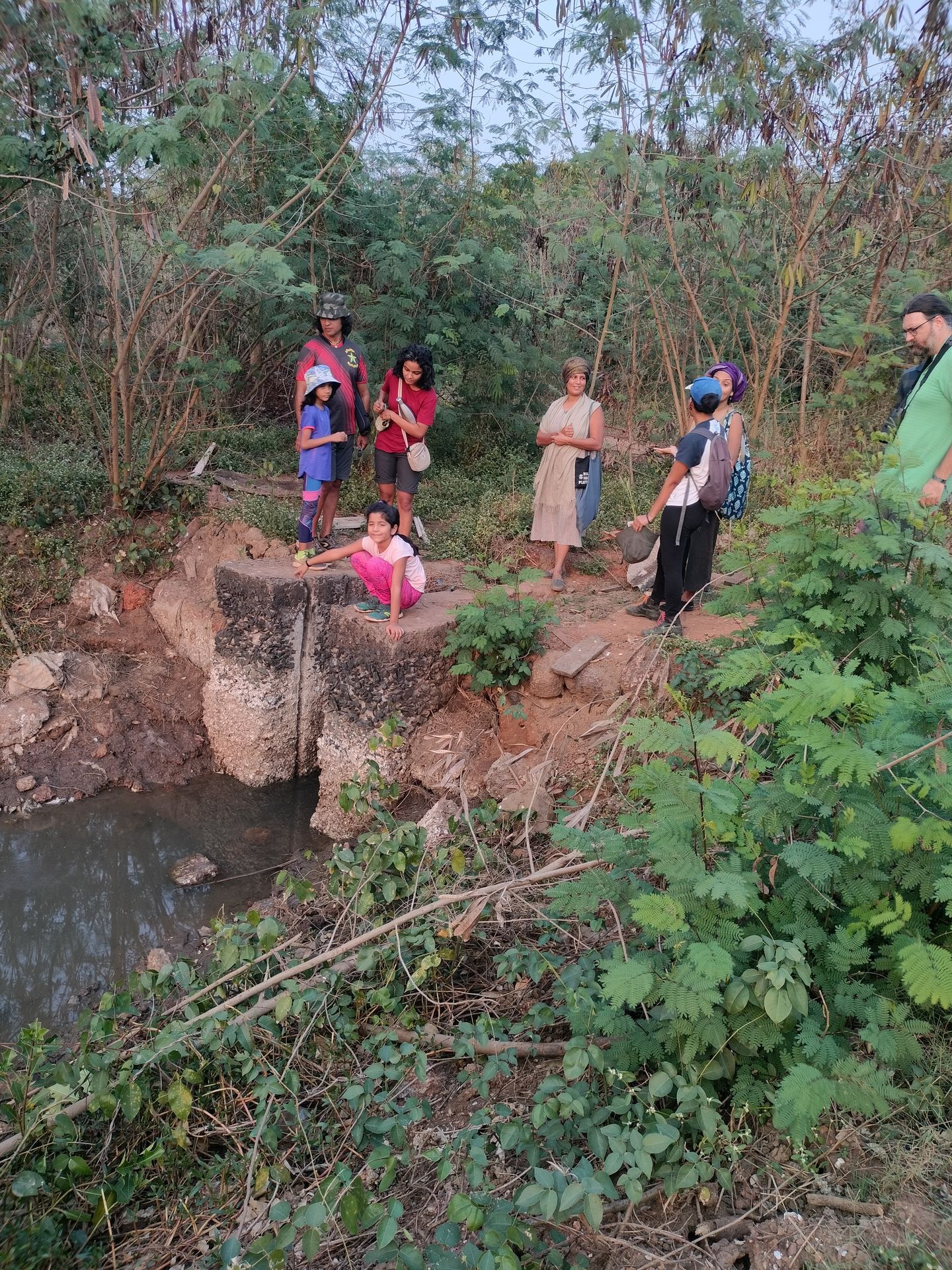Khazan project
Our vision is to prevent further diversion of khazan land with the aim of preserving Goa’s khazans as repositories of culture and traditional ecological knowledge, preserving the biodiversity it encompasses. We aim to highlight the value of the khazans as an example of sustainable, ecologically balanced food production and conserve this incredible socio-ecological system for food and water security and climate resilience for future generations.
Goa’s tidal floodplains are characterised by a stunning mosaic of agricultural fields and ponds, crisscrossed by bundhs and rivulets. This agro-fishery system, known locally as the khazans, is believed to be almost 3,500 years old – developed by indigenous communities in Goa to reclaim saline marshlands for human settlements. The system integrates agriculture and aquaculture systems, combining fishing and pisciculture with the cultivation of food crops, usually rice. In suitable areas, some khazan lands also function as salt pans.
The story of the origins of Goa's khazan lands is one of adaptation, cooperation, consideration and careful observation and learning about the natural environment. From their inception, the system was designed using traditional ecological knowledge of natural nutrients, weather, salinity, and tidal cycles – even the maintenance of the khazans, the operating of saltpans, and the tools and practices involved in agriculture and fisheries depend on these natural cycles.
The khazans are essential to Goa’s food and water security. By design, the khazans protect the floodplains from repeated inundation by saline water, protecting adjacent fields, infrastructure and human settlements and preventing salination of the soil and local sources of fresh water like wells and aquifers. As such, the khazans safeguard against the local effects of Climate Change, particularly sea-level rise and associated flooding.
The existence and functioning of the khazans additionally allowed native flora and fauna to adapt to living in the system. In fact, the complexity of land use in the khazans, the patchwork of fresh and brackish water, rice fields, dense mangroves, and aquaculture ponds provide a mosaic of habitats, food sources and shelter to a variety of wildlife.
The main goals of this project are:
1) Assess and create market linkages for the communities dependent on the Khazans
We will engage with local fishers and farmers to identify their existing market linkages and limitations, if any, to the same. If our assumption that these existing market linkages are limiting, insufficient or unsustainable, further engagement will be carried out to identify the reasons for this and possible alternative, sustainable and profitable markets for khazan products.
2) Incentivising Sustainable Khazan Use
As part of the preliminary engagement with khazan stakeholders, we will invite veteran practitioners to engage with the community in skill-sharing and knowledge-sharing workshops (for example, introducing available subsidies and schemes, traditional fishing techniques etc.), as well as persons who can conduct workshops on legal protection, government policies, and other aspects of khazan management.
3) Increasing Public Awareness & Concern for the System
There is a need to collate and document the khazan system and its history in an accessible and understandable format, encouraging people to engage with the system and fostering concern-driven action for its preservation. It is also vital to understand and document climate-resilient, sustainable agricultural practices to serve as a baseline for future interventions in later phases of the project.
Current status: Fundraising ongoing
Subject matter expert: Rhea Lopez
Year of initiation: 2023
Area of work: Environment, Marine, Collaborative
Donors: Vulcan Group
Fundraising target: (for 2023 - 2024) 2,150,000 INR
Total Funds raised: (for 2023 - 2024)


